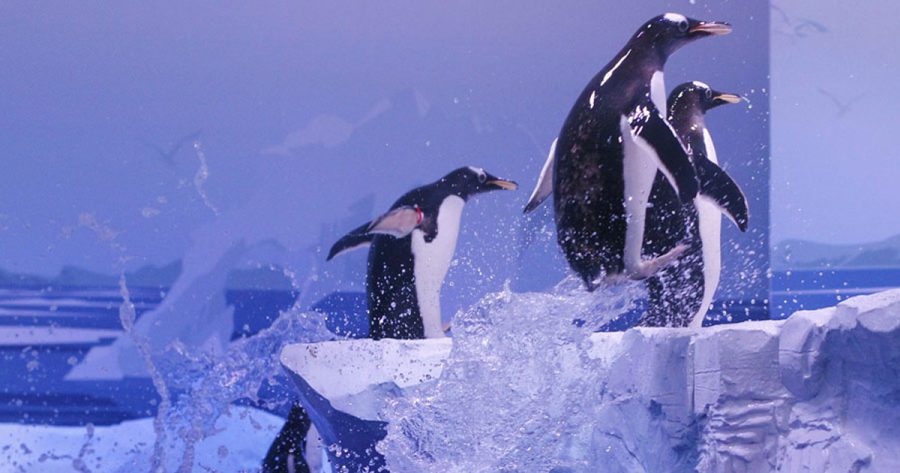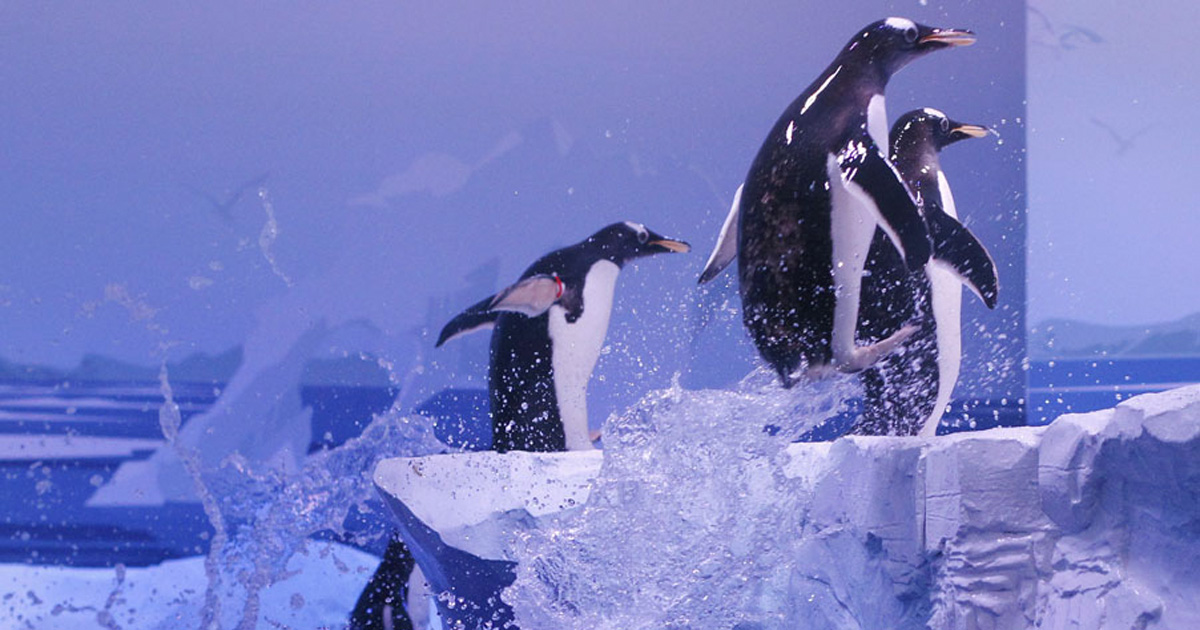
Same-Sex Penguin Couple to Raise ‘Genderless’ Chick
LONDON – Two female penguins are set to raise the first “gender neutral” chick, a London aquarium said on Wednesday, the latest same-sex penguin parents to take a furry baby under their wings. Rocky and Marama, who have been together for six breeding seasons, have adopted a four-month-old Gentoo chick that will be classified as […]

LONDON – Two female penguins are set to raise the first “gender neutral” chick, a London aquarium said on Wednesday, the latest same-sex penguin parents to take a furry baby under their wings.

Rocky and Marama, who have been together for six breeding seasons, have adopted a four-month-old Gentoo chick that will be classified as neither male nor female, Sea Life London Aquarium said. (Presumably the penguin foster parents themselves will be able to identify whether their baby is male or female, if they so wish!)
The Aquarium said in a statement that its “expert care team decided that it would be normal for this chick to be identified as genderless by the team and guests rather than sticking to tradition of naming our penguins at the aquarium as a male or female.
“Gender neutrality is a human construct but is completely normal in the animal kingdom.”
Homosexuality in nature is relatively common, with same-sex pairings observed in beetles, dolphins and sheep among many other species.
Over the past few years, gay penguin couples at zoos in London, Berlin and New York have made global headlines, with two male penguins hatching Sea Life Sydney Aquarium’s first sub-Antarctic chick, following a successful trial with a dummy egg.
Gentoo penguins share parenting and feeding responsibilities equally, so there is little difference between opposite-sex or same-sex parenting, according to animal experts.
London Zoo is currently home to three same-sex Humboldt penguin couples – two male and one female – out of a total of 95 penguins, a higher percentage than the 5% of the human population estimated to be LGBT+.
Homosexuality also occurs in other seabirds, said Viola Ross-Smith, a spokeswoman for the British Trust for Ornithology, who researched gulls as part of her PhD and has also worked as a seabird ecologist at the trust, which studies UK birds.
“I was monitoring 400 nests a year and two of them would be female-female couples; it was something you could predictably find,” she told the Thomson Reuters Foundation.
In parts of the human world, gender classifications are becoming redundant with shared toilets, sexually fluid dating shows and gender-neutral birth certificates creating a more inclusive environment.
However, Sasha Dall, a behavioural ecologist at Britain’s University of Exeter warned of the dangers of anthropomorphism – or ascribing human characteristics to other species.
“I don’t think we can make sweeping statements,” he said. “But if I had to guess, something like gender neutrality is extremely rare – if it exists.”
(Reporting by Hugo Greenhalgh @hugo_greenhalgh; Editing by Katy Migiro. Thomson Reuters Foundation, Visit http://news.trust.org)
